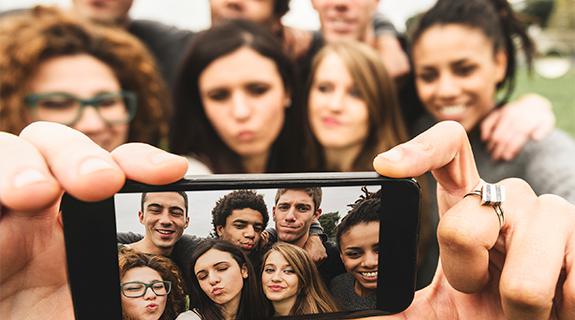It’s not for lack of trying, but brands are having a hard time cracking the millennial code, according to Bloomberg.
In fact, it’s possibly because they are trying too hard that millennials — a group comprised of 83 million Americans, the country’s largest group of working adults — aren’t finding these messages convincing.
Here are some examples Bloomberg lists:
— Tic Tacs that changed flavors midstream due to millennials’ alleged tendency to bore easily. Sales rose but not as much as in the prior two years;
— Diet Coke putting fan tweets on billboards (also of note: McDonald’s writing ads in tweets, a fad that needs to end as soon as possible);
— and Banana Republic partnering with “Hot Dudes Reading” on an Instagram account to create #HotDudesReadingForACause (not sure what happens when #AverageLookingDudesRead), in order to appeal to millennials’ social conscience, but the retailer’s net sales dropped 10 percent.
“It’s as if your parents are trying to connect with you and they’re trying to do it by using the same language that your friends would,” Paul Angone, 32, told Bloomberg. Angone is a motivated millennial, having authored two books on his demographic, including “All Groan Up: Searching For Self, Faith, and a Freaking Job!”
Angone’s most important point: the biggest mistake brands can make when approaching millennials is seeming inauthentic.
“[Brands are] sort of doing stuff at the edges to try and look like they’re the kind of brand that millennials might like, but really at the core they’re not making the changes they need to make to really appeal,” said Brent Smart, chief executive officer of marketing firm Saatchi & Saatchi New York to Bloomberg. “All these brands are like, ‘We really need millennials!’ It’s like, OK, what are you going to do differently?”
Another obstacle to buying that brands probably can’t solve — unless they want to reduce their prices or give stuff away for free — is the fact that many millennials are carrying high levels of college debt, an average of $29,000 each, according to the Institute for College Access & Success. Compare that to 1993, when graduates on average owed less than $10,000. They are also making less money at their age than their older counterparts were, so as a result they spend less and they are pickier about what they spend that precious money on.
READ MORE: Bloomberg
Tags:













































__twocolumncontent.jpg)











